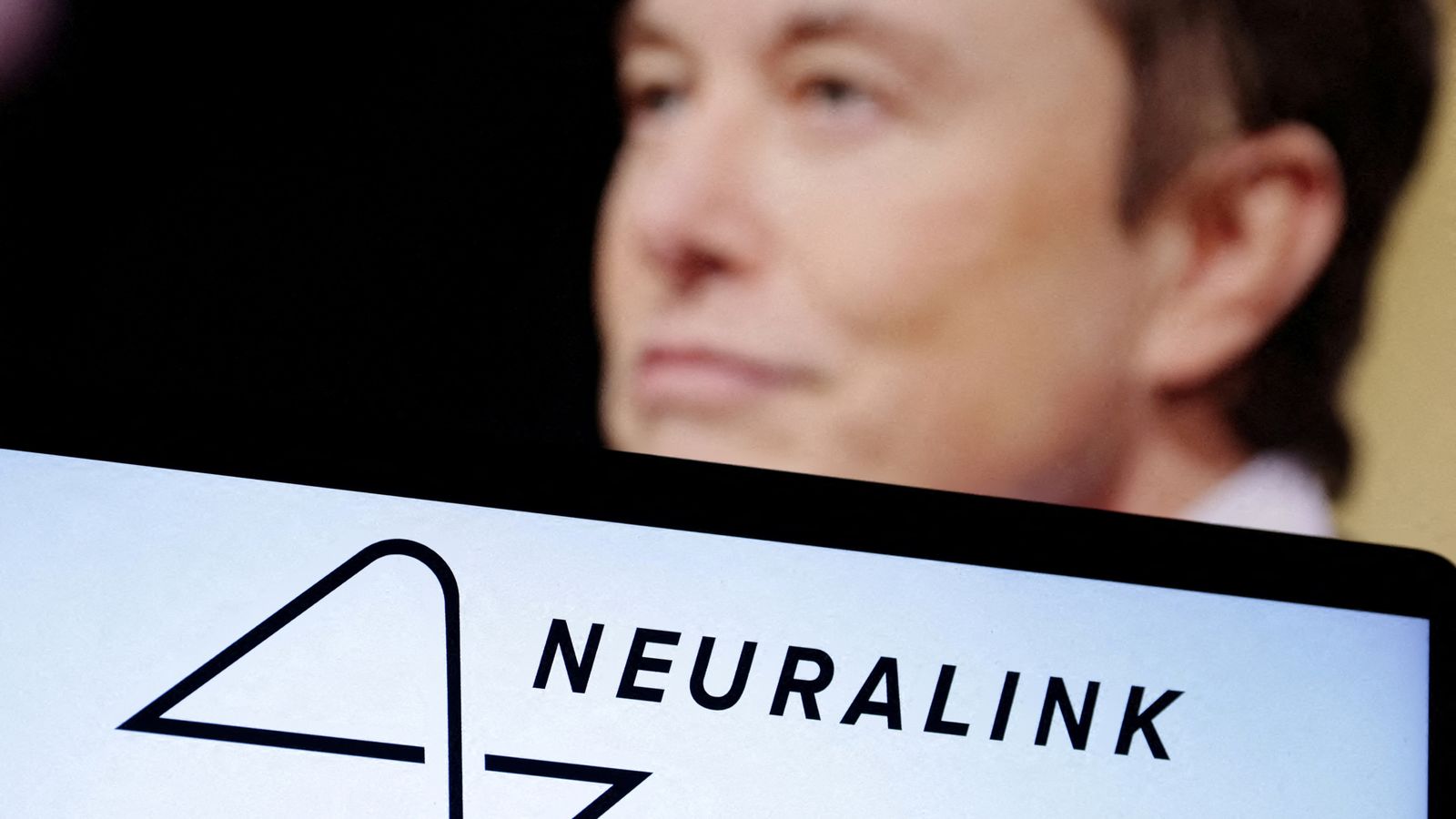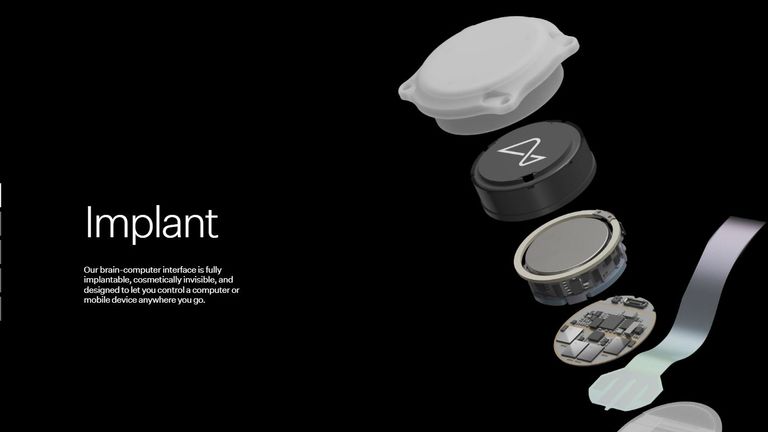The first patient to receive a brain chip from Elon Musk’s company Neuralink has been shown playing online chess.
Neuralink released a nine-minute video in which the patient, who is paralyzed below his shoulders, appears to move a cursor across a laptop screen with nothing but his thoughts. The video shows him playing chess and turning off the laptop’s music.
The patient, who had not been previously identified, said in the live stream video that his name is Noland Arbaugh, 29, who was paralysed below the shoulder after a driving accident.
Mr Arbaugh received an implant from the company in January and could control a computer mouse using his thoughts, Musk said last month.
Musk previously said the aim of the brain chip is to eventually allow users with disabilities, like the late Stephen Hawking, to “communicate faster than an auctioneer”.
He has also claimed it would be able to potentially treat obesity, autism, depression and schizophrenia.
“The surgery was super easy,” Mr Arbaugh said in the video streamed on Musk’s social media platform X, referring to the
implant procedure.
“I literally was released from the hospital a day later. I have no cognitive impairments.”
He said he had “basically given up playing” the game Civilization VI, but “you all [Neuralink] gave me the ability to do that again and I played for eight hours that day.”
Read more from Sky News:
Hopes of HIV cure after breakthrough using ‘scissors’
Flying taxis could take off in two years under new drones plan
AI more likely to recommend death sentence when reading African American English
‘It has already changed my life’
But Mr Arbaugh said the new technology is “not perfect” and they “have run into some issues”.
“I don’t want people to think that this is the end of the journey, there’s still a lot of work to be done, but it has already changed my life,” he added.
In the Neuralink video, Mr Arbaugh talks about the process he underwent to train on the device after doctors implanted it in January. He said that he would think about moving his hand and that, eventually, moving the computer cursor became second nature.
“It just became intuitive to me to start imagining the cursor moving. It was like using The Force on the cursor, and I could get it to move wherever I wanted,” he said, using a Star Wars reference.
“Every day it seems like we’re learning new stuff,” he said.

